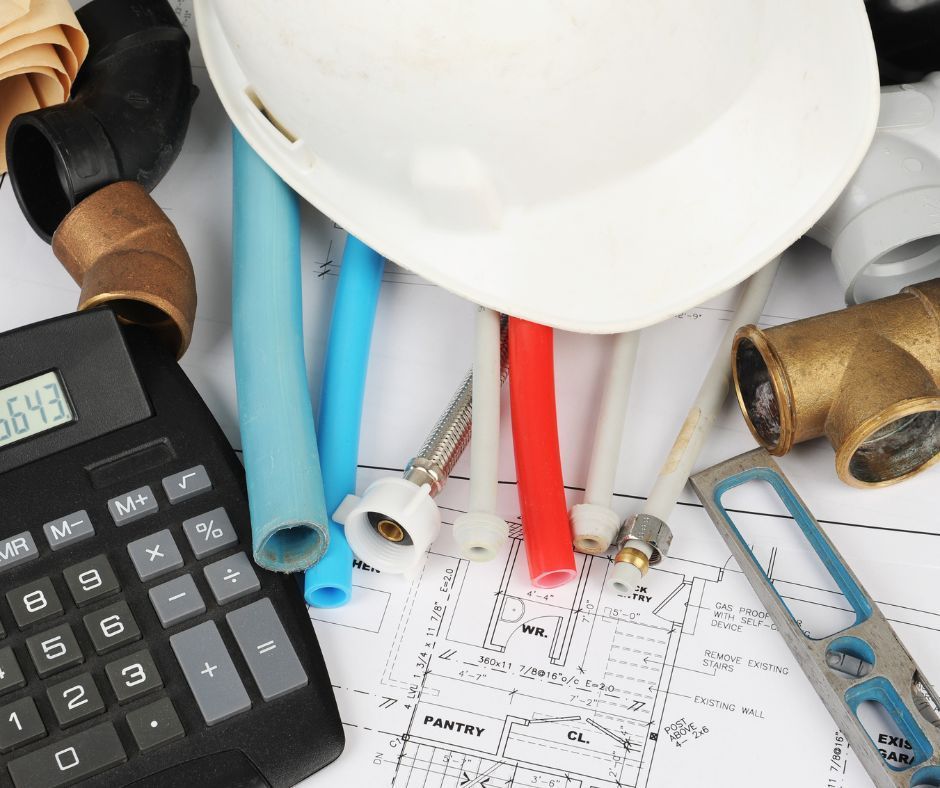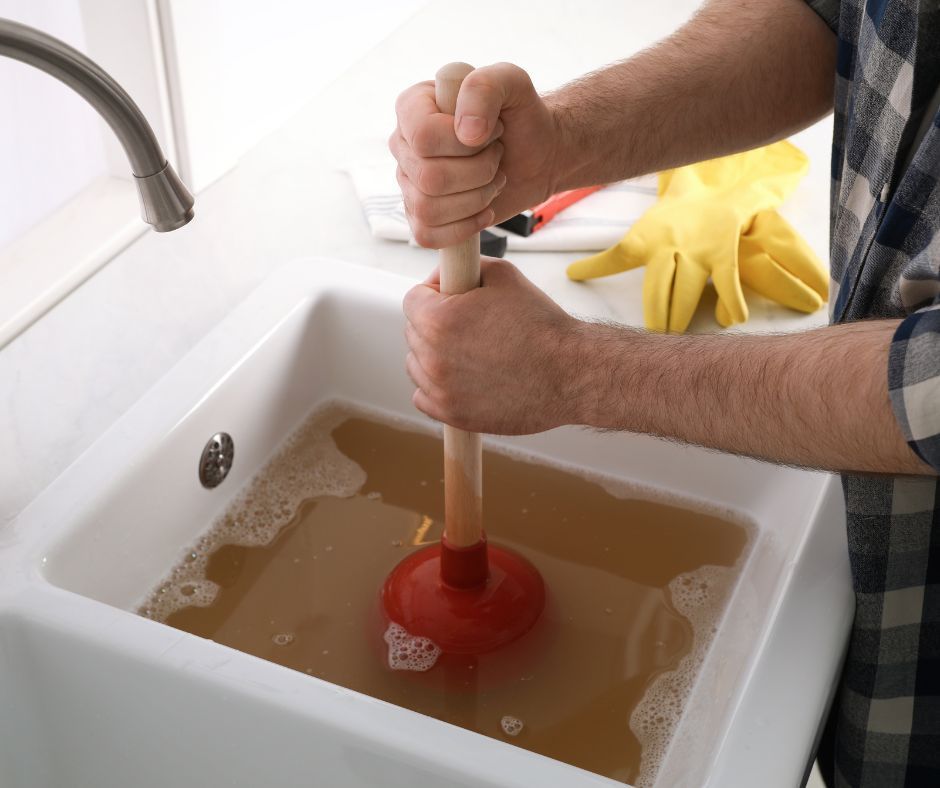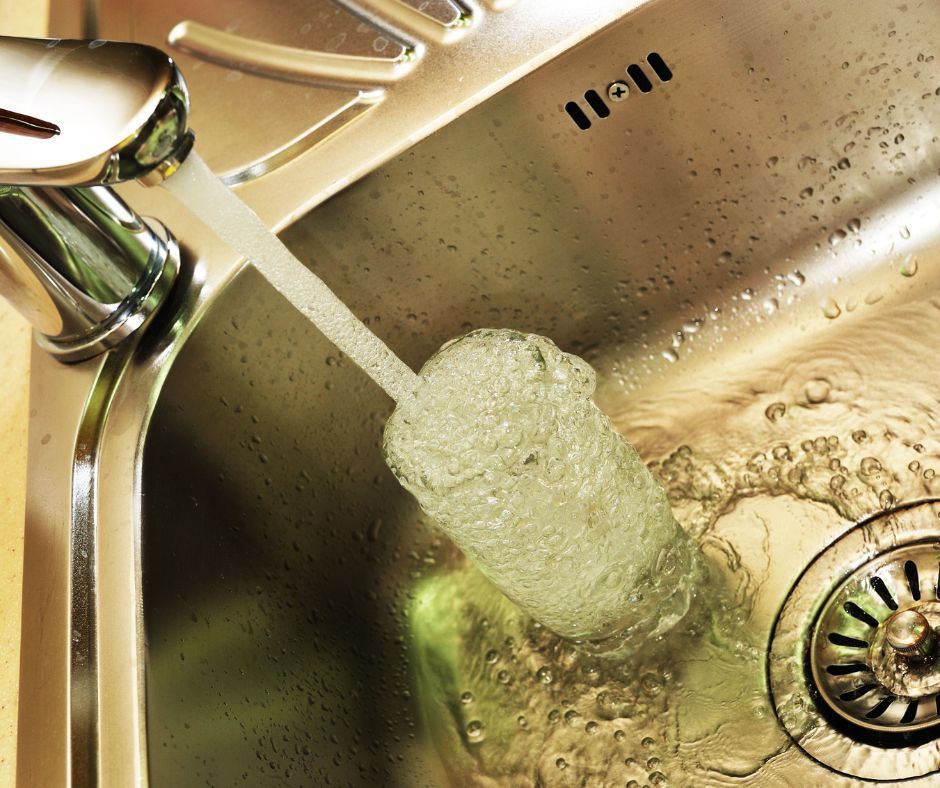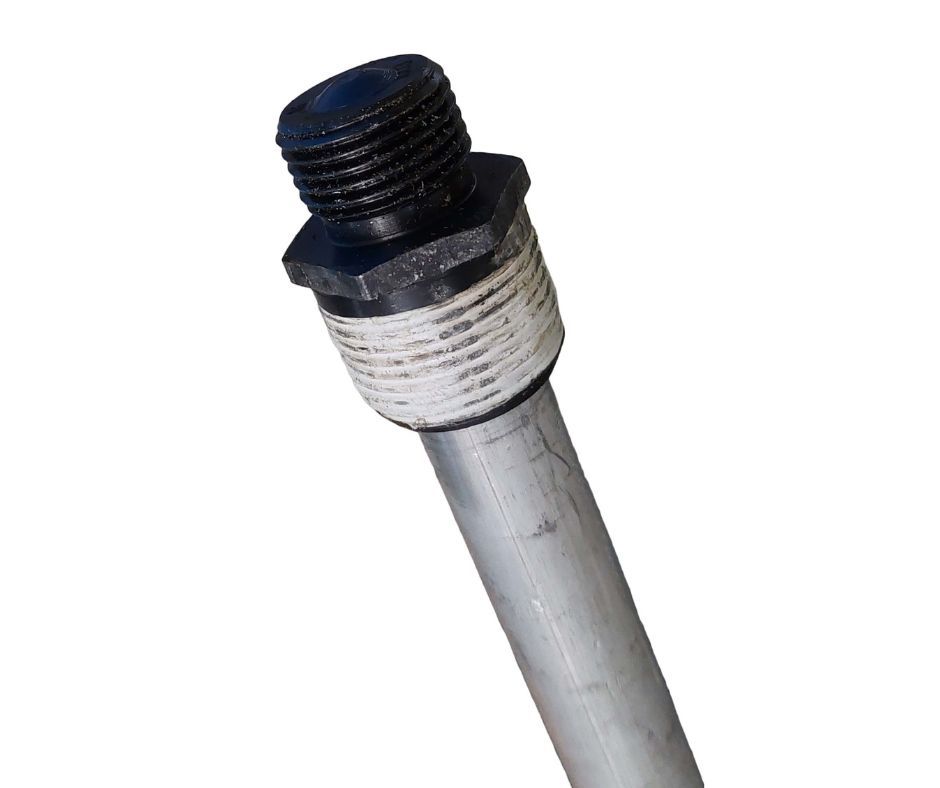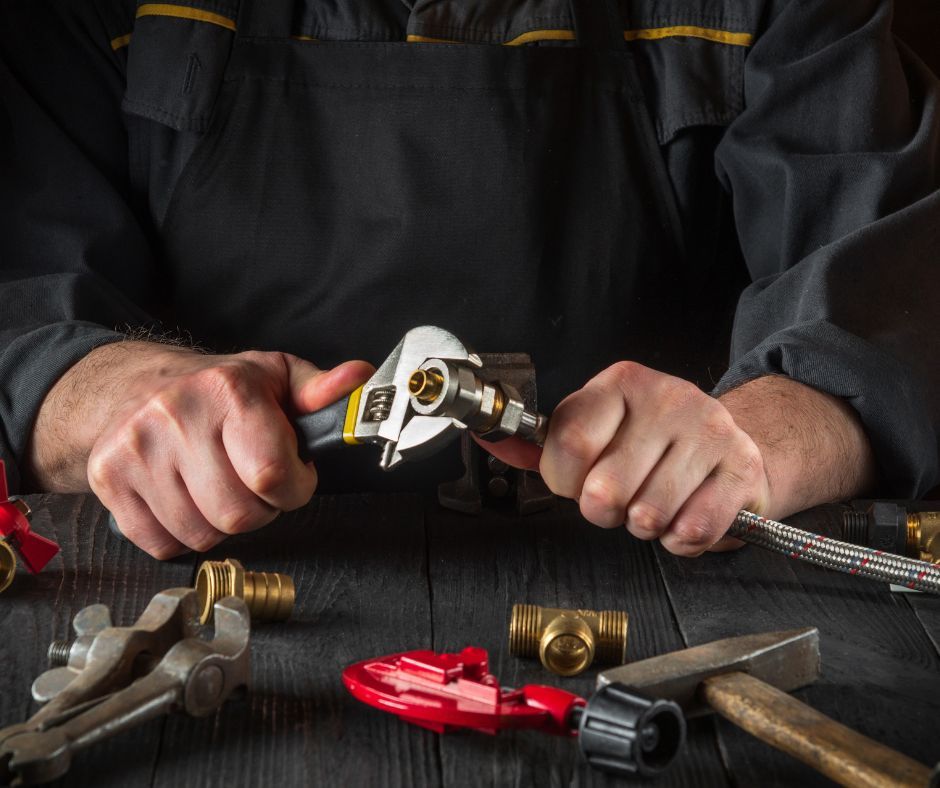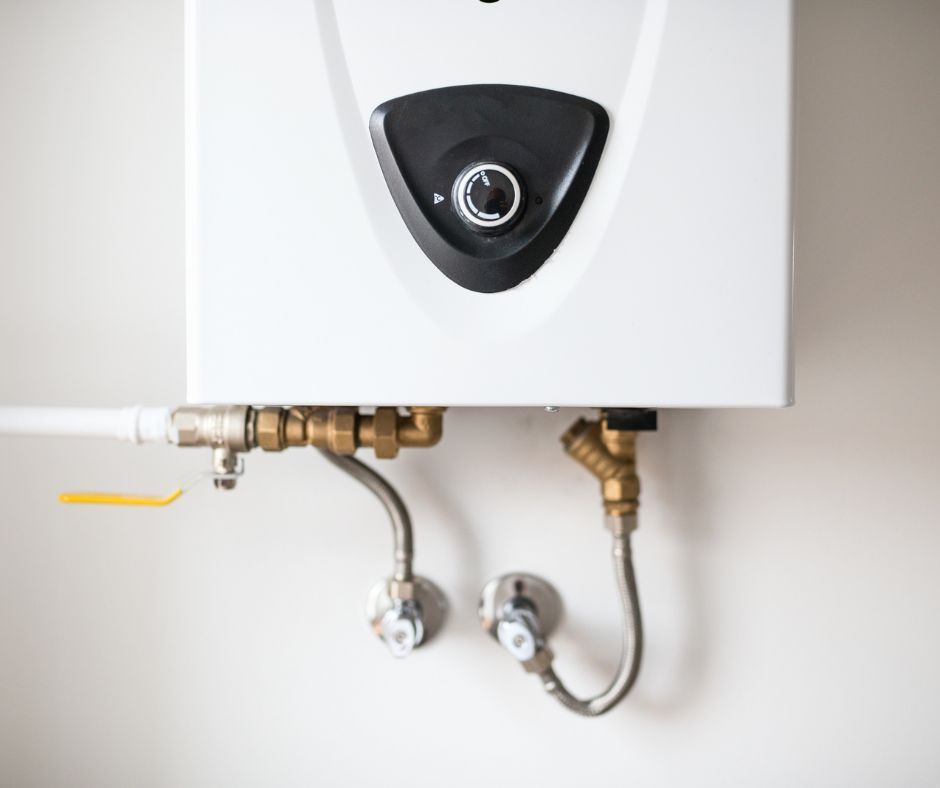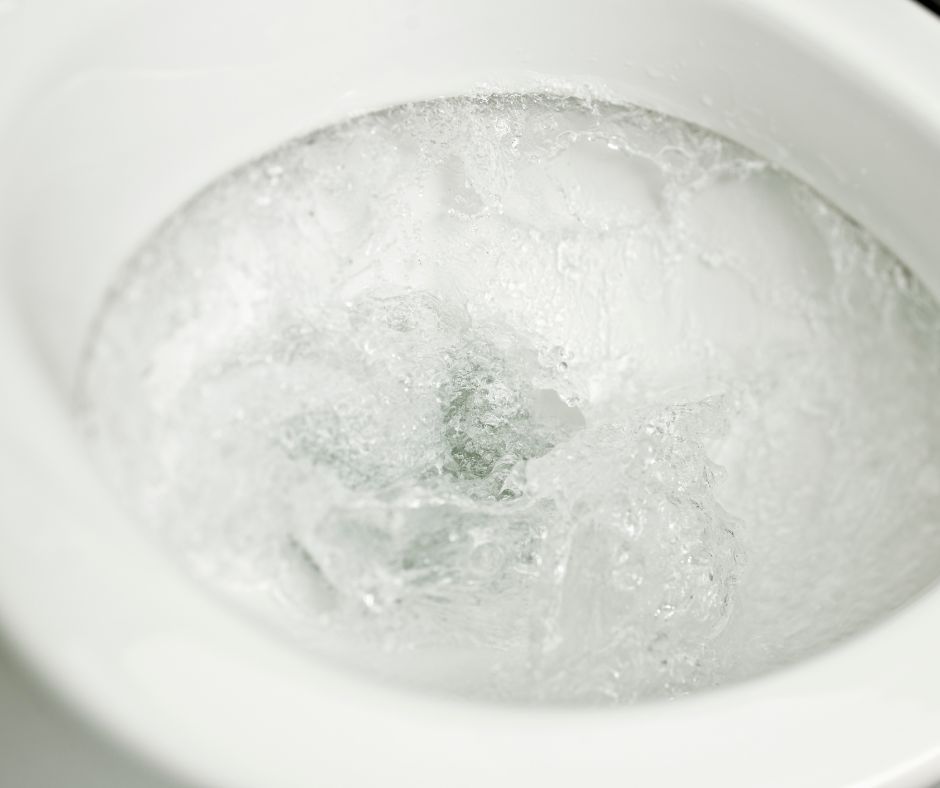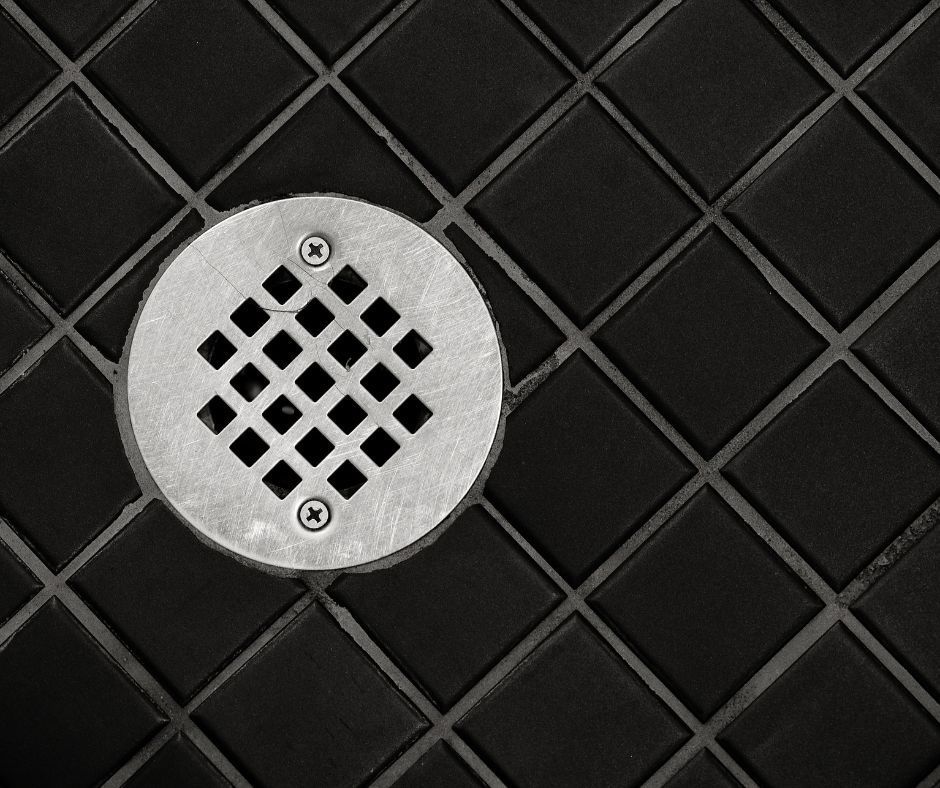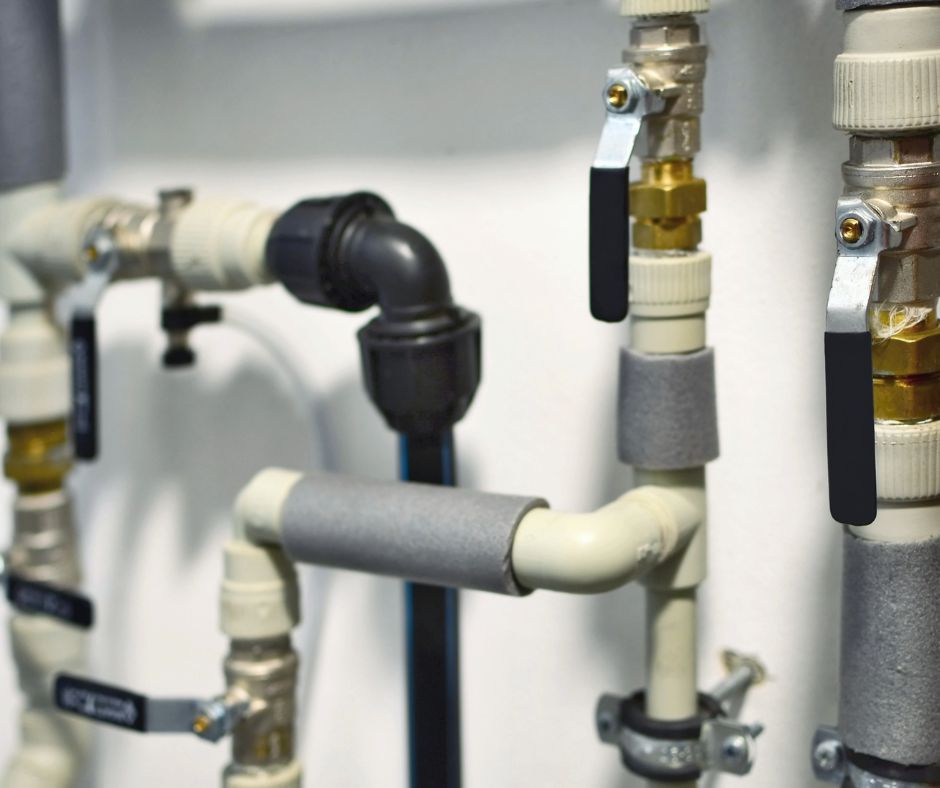How to Choose the Right Hot Water System Sizes for Your Home
Choosing the wrong size of hot water system is one of the most common reasons Lake Macquarie households either run out of hot water or overpay on energy. Get it right and you’ll enjoy comfortable showers, lower bills and a system that lasts longer.
By the end of this guide, you’ll be able to estimate “What size hot water system do I need for my home?” and know when to call a local, licensed plumber for a precise recommendation.
Why Hot Water System Sizes Matter
The capacity of your unit affects everything from day-to-day comfort to long-term running costs. Undersize the tank or instantaneous unit and you’ll hit cold bursts whenever showers, laundry and the dishwasher overlap. Oversize it and you’ll pay to heat water you never use. Correct sizing also reduces stress on components, extending lifespan and cutting maintenance.
From a safety and compliance perspective, stored hot water must be maintained hot enough to inhibit bacteria, while bathroom outlets require temperature control to reduce scald risk. A correctly sized
hot water system makes those requirements easier to meet without wasting energy.
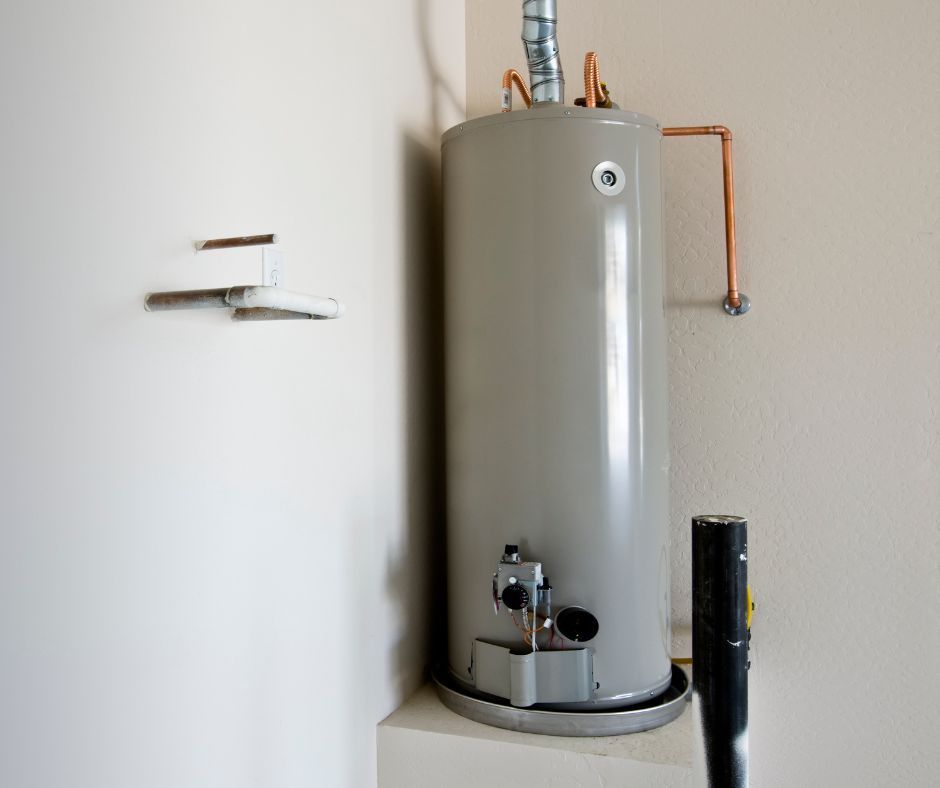
What Size of Hot Water System Do I Need for My Home? Core Factors to Consider
Choosing the right capacity isn’t guesswork. Use the factors below to narrow down your choices when it comes to the question, “What size hot water system do I need?”
Keeping these in mind will help you avoid paying to heat unused water or running cold at peak times and land on the right, practical hot water system sizes for your property.
Household Size & Hot Water Usage Patterns
Headcount is the starting point because more people generally means higher daily demand. Consider permanent residents plus frequent guests or short-stay/Airbnb turnover, which can spike usage on weekends and holidays.
As a planning guide, many homes begin around 50 L per person/day for storage and adjust up or down based on habits and bath use.
Type of System/Energy Source
- Electric storage on off-peak tariffs usually needs enough capacity to cover the whole day, so tanks are often sized a step larger.
- Gas storage reheats faster, which can allow a slightly smaller tank without sacrificing comfort.
- Continuous-flow (instantaneous) systems are sized by flow rate (L/min) and the number of outlets you want to run at once.
- Heat pumps and solar-boosted setups are computed differently due to higher efficiency and different recharge profiles.
Peak Demand vs Average Use
Size for your busiest hour, not the daily average. If two showers often run together, your system must maintain temperature and flow during that demand. Build in a small buffer so short bursts of extra use don’t cause cold shocks. This approach keeps comfort high without overspending on capacity you rarely use.
Climate & Location Considerations
Lake Macquarie’s mild coastal climate still sees cool winter, which slows recovery and demands more energy to reach set temperatures. Salt-laden air near the shoreline can influence where you place the unit and which tank materials/anodes you choose. Good insulation and protected positioning help performance and longevity. These tweaks ensure your chosen capacity performs as expected year-round.
Future-Proofing & Household Growth
Think about the next 5–10 years. Renovations, an extra bathroom, a granny flat or expanding family can increase hot water demand. A system that’s “just right” today may be undersized after changes and may need an upgrade sooner or later. Opting for a modest increase in capacity now can be cheaper than replacing the whole setup later.
Seasonal Climate Variations
In colder months the incoming water temperature drops, so systems work harder and recover more slowly. If your peak use happens in winter mornings, a slightly larger tank or a higher-output continuous unit can preserve comfort.
Regulations & Safety Requirements
Plumbing work must meet the Plumbing Code of Australia and AS/NZS standards for heated water, including safe delivery temperatures. Correct sizing works hand-in-hand with compliant valves, relief devices and installation clearances. A licensed plumber ensures your chosen capacity is installed safely and keeps warranties intact.
Recovery Rate
Recovery describes how quickly a system reheats after you draw hot water. Gas storage and many heat pumps recover faster than standard electric storage, which can let you choose a smaller tank without losing comfort. Continuous-flow units don’t “recover” in the same way as they’re rated by L/min at a set temperature rise, so capacity depends on how many taps you open. Matching recovery to your peak pattern prevents cold bursts and needless upsizing.
Budget & Running Costs
Balance upfront spend with lifetime energy bills. While heat pumps and solar-boosted systems usually cost more at installation, their lower running costs (and potential incentives) can deliver better value over time. Off-peak electricity can make larger electric storage viable, but only if the tank is sized correctly for daily coverage.
Common Sizing Rules & Example Calculations
Every home is different, but these pointers make it easier for you to compare various hot water system sizes. Use them to narrow your options, then fine-tune based on lifestyle and needs.
Common Hot Water System Types & Sizing Principles
Storage Tank Systems (Electric/Gas/Solar)
Typical tanks come in 125 L, 160 L, 250 L, 315 L and 400 L. Electric tanks on off-peak usually need a larger size to last the whole day, while gas storage can be smaller (about 135–170 L for four) due to faster reheat. Solar often pairs with 300–360 L for a four-person home to catch daytime energy and meet evening demand.
Continuous (Tankless/Instantaneous) Systems
These are sized by flow rate in L/min, not by litres in a tank. As a guide, 16 L/min comfortably runs one shower, 20–24 L/min handles two outlets at once, with more needed for three or more. Always check winter performance because colder inlet water reduces the effective size of hot water system output.
Heat Pump & Solar Hybrid Systems
Heat pumps are very efficient and recover quickly, so many families are well served by 270–315 L units. In sunny areas, a solar system with an electric or gas booster and a 300–360 L tank works well for a family of four.
Local Fit for Lake Macquarie Homes
Near-coast homes (Belmont, Catherine Hill Bay) should use
corrosion-resistant anodes and place the unit in a sheltered spot. Households on off-peak power, like in Cardiff or Charlestown, often go up one tank size to stay comfortable all day. If you host guests or run an Airbnb, account for two showers at the same time or opt for a quality continuous system.
Signs You’ve Got the Wrong Size of Hot Water System
A quick way to tell if the size of hot water system matches your home is to watch for these everyday symptoms.
You run out mid-shower when two fixtures overlap
This points to insufficient capacity or recovery for your peak-time demand, especially when showers or taps run together.
Long waits for hot water after a single shower
Slow recovery or an undersized tank means the system can’t reheat fast enough between back-to-back uses.
Bills are high despite low actual hot-water use
An oversized tank wastes energy on standby losses, heating water you don’t end up using.
Unit short-cycles or never quite catches up
Constant cycling or running flat-out indicates the system is straining. Either too small for demand or poorly matched to usage patterns.
Frequent repairs or premature ageing from overwork
Components wear faster when the unit is improperly sized, leading to leaks,
hot water system issues or valve failures well before their time.
When to Go Bigger or Smaller
Use this quick checklist to decide whether your size of hot water system should go up or down.
Consider upsizing if:
- Multiple bathrooms operate at once (school mornings, guests)
- You expect family growth, add a second dwelling or host an Airbnb
- You use bathtubs/spa baths regularly
- You’re switching to off-peak electric storage (needs more daytime capacity)
Consider downsizing if:
- 1–2 people with staggered routines
- You’ve upgraded to efficient showerheads/appliances
- You’re installing continuous flow or solar/heat-pump with reliable boosting
- Your usage is minimal and local climate/weather is mostly mild
How a Professional Plumber Helps
DIY guesses often miss critical site details. A local plumber, like Down to Earth Plumbing, will check pipe runs and pressure, draw-off patterns, gas line size or electrical circuit limits, tempering valve compliance and realistic peak-time demand.
At Down to Earth Plumbing Maintenance, we add local know-how, like recommending stainless tanks or better placement for coastal corrosion resistance and tailoring recovery for cold winter mornings. We’re licensed, insured and we’ve been helping local families for over a decade with honest advice and upfront pricing for their hot water system sizes.
Conclusion & Next Steps
Right-sizing saves money, avoids cold surprises and helps your system last. If you’d like a precise recommendation, not just a rule of thumb, book an on-site assessment with Down to Earth Plumbing Maintenance.
We’ll confirm your hot water system sizes options and safety compliance, then provide an honest, itemised quote. We also handle blocked drain servicing and dedicated real estate plumbing services for property managers and landlords across Lake Macquarie.
One local team for plumbing installs, maintenance and urgent call-outs.
Frequently Asked Questions
How many litres per person do I need?
A common baseline is 50 L of hot water per person per day for storage systems, then adjust your desired tank size for peak time overlaps, usage frequency and recovery rates.
Can I oversize a system (and is it harmful)?
Oversizing wastes energy and money by keeping excess water hot. Aim for capacity plus a small buffer, not a big leap.
How long should a hot water system last?
Roughly 10 years is typical for many storage units, depending on water quality, anode maintenance and usage. Some last longer with good upkeep.
What is the cheapest type to run in Lake Macquarie?
Heat pumps and solar (with boosters) are usually lowest-running-cost options, with NSW and federal incentives available for eligible upgrades.
Can I upgrade my existing system instead of a full replacement?
Often, yes, you can upgrade components or swap like-for-like (e.g., larger storage tank, higher-recovery element/burner, stainless cylinder) without a full system change. Some homes can also move to a heat pump or continuous-flow unit using existing pipework, provided space, electrical circuits or gas line sizing and venting are suitable.
A licensed plumber should assess placement, tempering valve compliance and service upgrades before you commit.
Do all systems need a tempering valve?
New or replacement residential installs require temperature control so outlets are ≤50 °C (some products integrate this). Your plumber will confirm whether a tempering valve, thermostatic mixing valve or temperature-limited water heater is appropriate at replacement.
What happens if I choose a too-small instantaneous (tankless) system?
It may not deliver enough L/min in winter, causing temperature dips when two showers run. This can be solved by upsizing, raising set output (within safe limits) or adding a second unit for distant bathrooms.
When should I call a plumber rather than guessing?
If your home has multiple bathrooms, off-peak electric, solar/heat pump components or complex pipe runs, call an expert for a professional sizing.
Are there rebates or incentives for efficient systems in NSW?
Yes. Federal STCs (Small-scale Technology Certificates) and NSW household upgrades can discount eligible heat pump/solar installs. However, availability and rules vary, so it is a must to check with your local council or trusted plumber to confirm what applies to your home.

